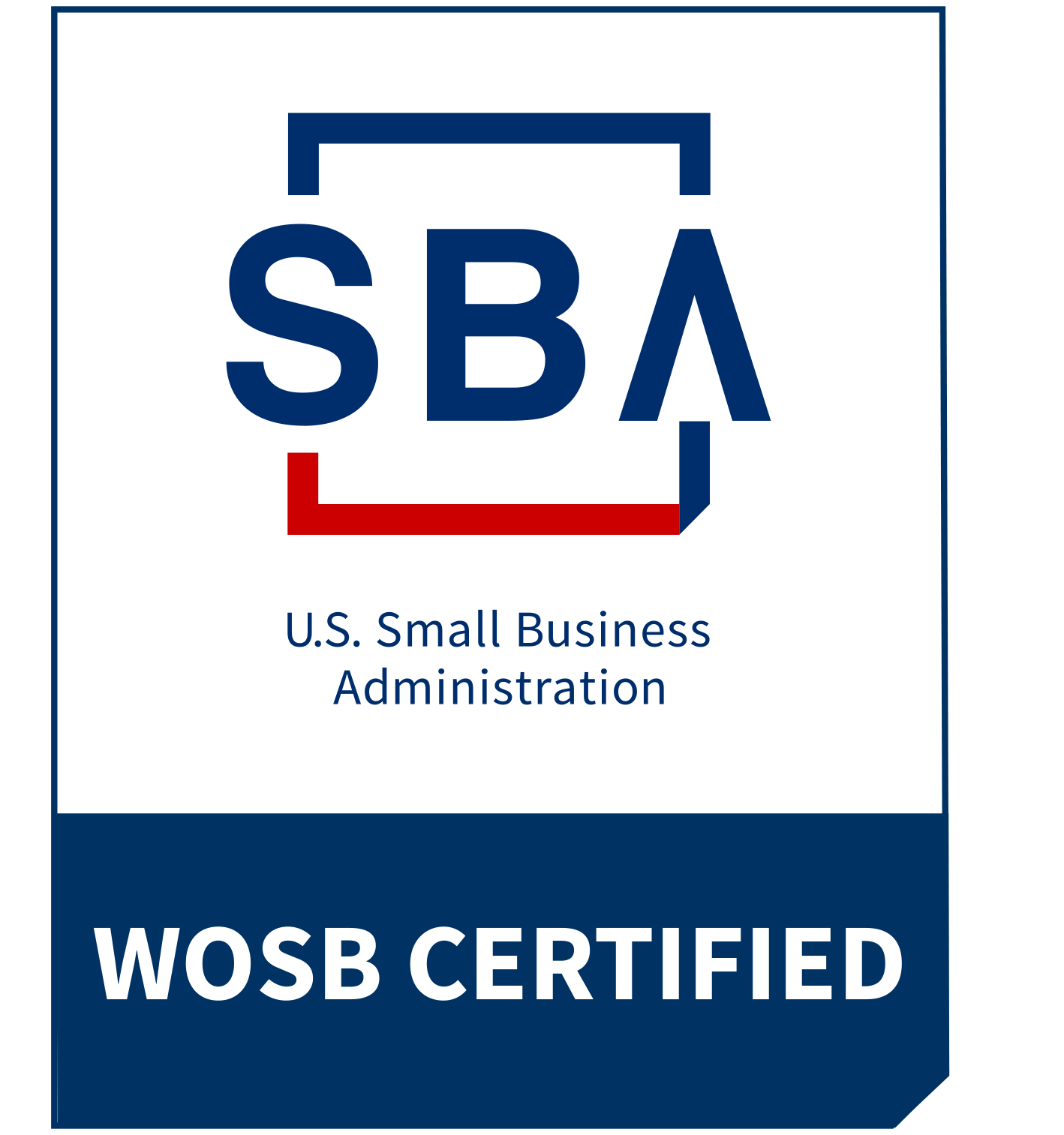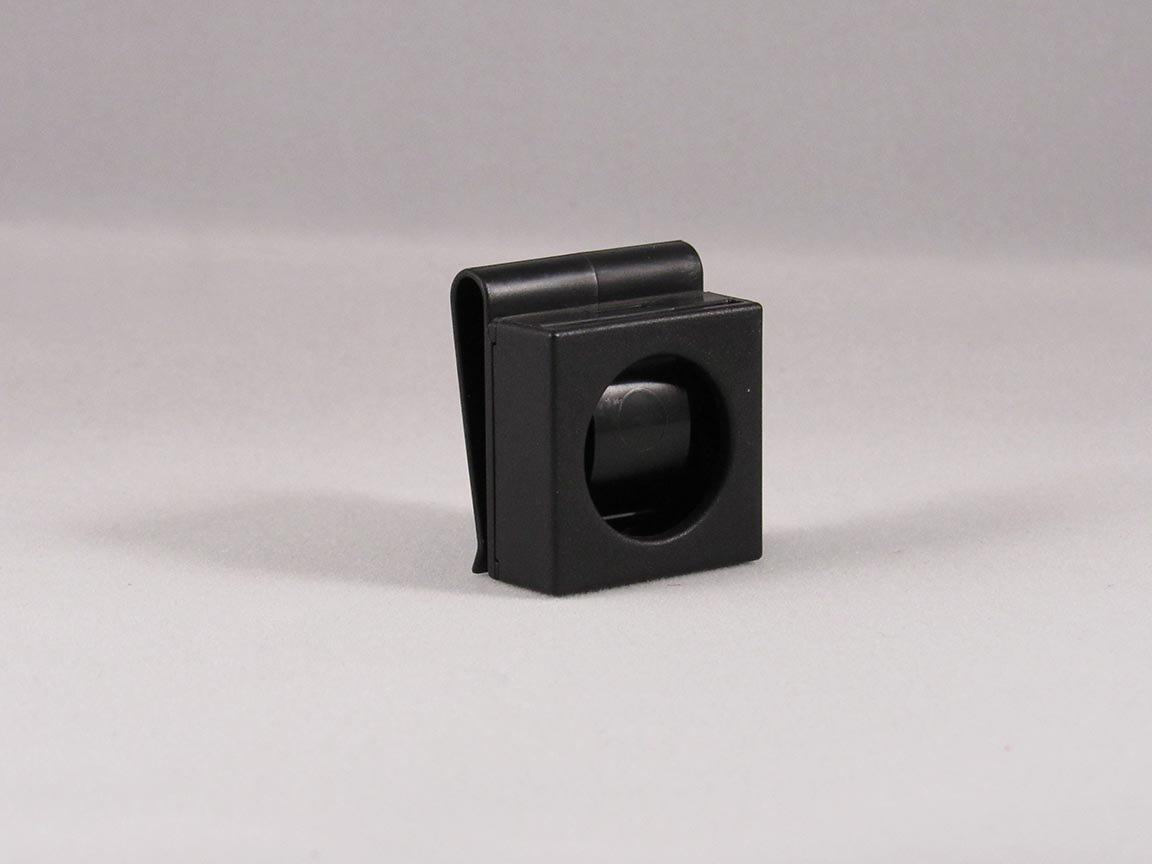Quarter Clip – manufactured by Integrated Molding Solutions plastic injection [...]
Sporting Good Plastic Fabrication Projects
Projects From Your Professional Plastic Parts Manufacturer
As a prominent plastic parts manufacturer, Integrated Molding Solution’s portfolio of plastic projects is always growing. Below you’ll find a sample of our plastic injection molding and 3D printing projects, showcasing different materials, plastic manufacturing processes, and industry applications.
Do you have any plastic product design, prototype, or fabrication needs?
Click below for a free quote from a prominent, American plastic parts manufacturer.
About Us
We deliver precision plastic injection molded parts to your door. IMS provides innovative plastic solutions offering guidance and help for small and large businesses alike. Experienced in plastic parts consulting, we understand which products will fulfill your needs. With high-end machines and 30,000 sq. feet of production floor, you know IMS will successfully complete your job to your specifications.
Quick Links
Capabilities

Copyrights © 2022 | Ims-Tex | All rights reserved. | Privacy Policy

